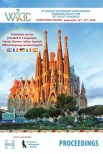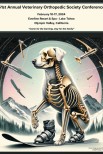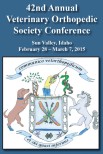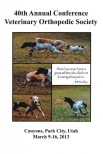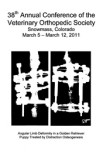The objective of this study was to evaluate the spontaneous evolution of radiological findings (RF) indicative of juvenile osteochondral conditions (JOCC) in a field study. A radiographic survey was performed at the age of 6 and 18 months in 321 young horses from three breeds (French Trotter Standardbred, Selle-Français Warmblood and Thoroughbred). Each RF identified at 6 months was re-evaluated at 18 months, and classified as (1) disappeared, (2) improved, (3) stable, (4) deteriorated or (5) new when it was not identified at 6 months.
Only 32.3% of all RF identified at the age of 6 months were stable, while at 18 months 46.6% had disappeared and 38.7% were new radiological abnormalities. Evolution of RF varied according to the joint involved and the type of lesion. In the stifle, 85.7% of the RF of osteochondral fragmentation (OCF) of the lateral ridge of the femoral trochlea regressed (disappeared or improved). In the hock, 53.1% of the RF of OCD of the intermediate ridge of the tibial cochlea were stable. In the fetlock, dorsal and plantar OCF were frequently observed as new radiological abnormalities at 18 months (51% of the dorsal RF and 45.8% of the plantar).
As many lesions develop or change after 6 months, a definitive radiographic assessment of the JOCC status is more reliable at 18 months. Knowing the spontaneous healing capacity of some lesions is useful in helping to decide the appropriate management.


